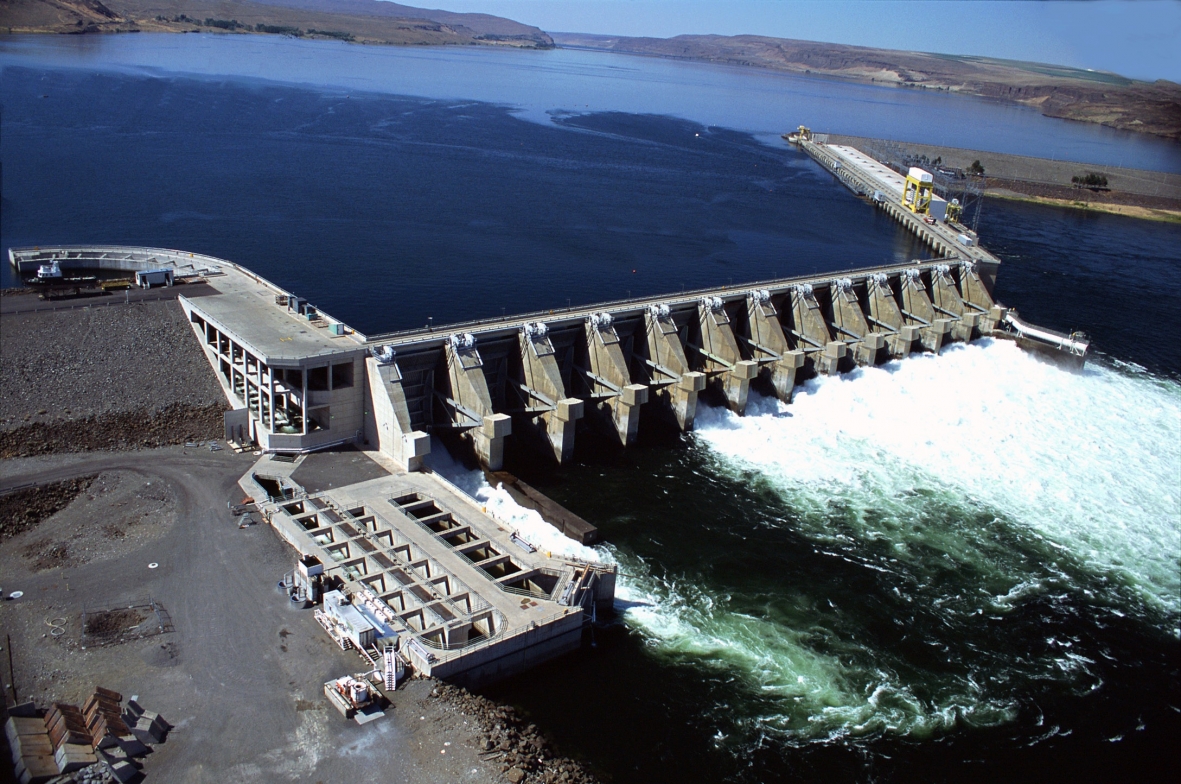
This coming Tuesday-Wednesday, April 3-4, the American Meteorological Society is holding a workshop here in Washington, DC on Translating Advances in Forecasting to Inform Water Resources Management.
You don’t want to miss it. You do want to register.
Here’s why.
The topic matters. If your expertise lies in Earth observations, science, and services, there’s no greater intrinsic challenge than the meteorology and hydrology needed to forecast water availability. And there’s no more important application for such knowledge than managing Earth’s water resources on local, national, and global scales, over both the short term and the long range – ensuring that water supplies remain ample, uninterruptible, potable, and cheap. If you want meaningful life and work, devote yourself to this cause.
Then there’s the checkered history of weather/water forecasts per se. In 2003, Steve Rayner, Denise Lach, Helen Ingram, and Mark Houck wrote a seminal paper under the challenging title Weather Forecasts are for Wimps: Why Water Resource Managers don’t Use Climate Forecasts[1]. The authors compared management practices for three U.S. watersheds: the Columbia, Colorado, and Potomac Rivers. They found that dam operators made decisions to release or hold water solely based on existing water levels behind the dam, without any reference to weather outlooks indicating wet or dry conditions over ensuing periods (with emphasis on seasonal to inter-annual implications of ENSO forecasts). Simply put, the forecast skill had been deemed below that threshold needed to improve management practice.
But that was fifteen years ago. Predictions of precipitation extremes have improved since then, on all timescales extending from a few days out to seasons. And Congress has called for augmented research focus and further innovation in Title 2 of Public Law 115-25 (also known as the Weather Research and Forecasting Innovation Act of 2017). This raises questions:
What’s the usage of state-of-the-art forecasts in water resource management today? How might forecasts be made more useful? Can decision processes take better advantage of existing forecasts? How do we expect forecasts to improve? Workshop participants will tackle these and other questions related to improvement of the physical forecasts.
But that’s only one piece of the puzzle.
The forecast aspect is matched by the policy opportunities and challenges. State and local jurisdictional boundaries only partially respect watershed geographies, and even when they do it’s often to create competing jurisdictions on opposite riverbanks. Downstream needs and interests conflict with upstream demands and concerns. Federal responsibilities apportioned among USGS, Bureau of Reclamation, U.S. Army Corps of Engineers, NOAA and other federal agencies overlay state and local purview in complex ways. Each water-resource player engages diverse publics in the pursuit of different blends of basic goals – public health and safety, economic development, hazard mitigation, environmental protection. As a result, water availability at any point in the watershed and at any given time depends as much on the aggregated human decisions as on the recent precipitation history.
The management problem is thus so complex that water resource managers rely heavily on policies and regulatory frameworks, often put in place a century or so ago, when water demands were so small compared with natural flows and supplies that any science was rudimentary and (fortunately) muddle-through strategies were adequate. Today, margin for error is smaller, and the stakes are higher. This raises a second set of questions:
How might policies be evaluated? Improved? How can policies at local, state, and federal levels be made more consistent? As forecasts improve, how might policies be made more adaptive, able to capitalize on the opportunities – and mitigate the threats – imposed by weather and climate variability on all scales?
Game-changing technologies are coming on line. Water-resource managers of the future will enjoy observing platforms and instruments of unprecedented diagnostic power for monitoring and assessing water resources, and aiding decisions. And the technological opportunities don’t end there. New computing capacity, data analytics, and even artificial intelligence greatly expand the opportunity for improving forecasts – not just of the (geo)physical system but the coupled natural-human system behavior – and thus optimizing outcomes. And new facilities such as the National Water Center will serve as incubators for the needed innovation. This raises the third set of questions:
How best to harness such new technologies? And get them working together? Can we go beyond a Weather-Ready Nation to build a Water-Ready one?
At the workshop’s conclusion, those interested can adjourn to a Hill briefing the afternoon of April 4, in the Congressional Visitors Center that will bring Workshop conclusions to interested Congressional staffers – while findings are fresh in minds. What happens at the Workshop doesn’t stay at the Workshop.
Water resource management. Both a defining scientific topic and an existential societal concern. A diverse roomful of experts spanning the full range of relevant perspectives. At a pivotal point in the science and its application for the benefit of life. In the city where science meets society, and where critical infrastructure is the topic of the day. Only one way to improve on things:
Your active involvement at every phase.
Please join us.
__________
[1] The report has appeared in multiple formats. The 2003 report to NOAA is available in pdf form here. A version also appeared in the April 2005 issue of Climatic Change.

